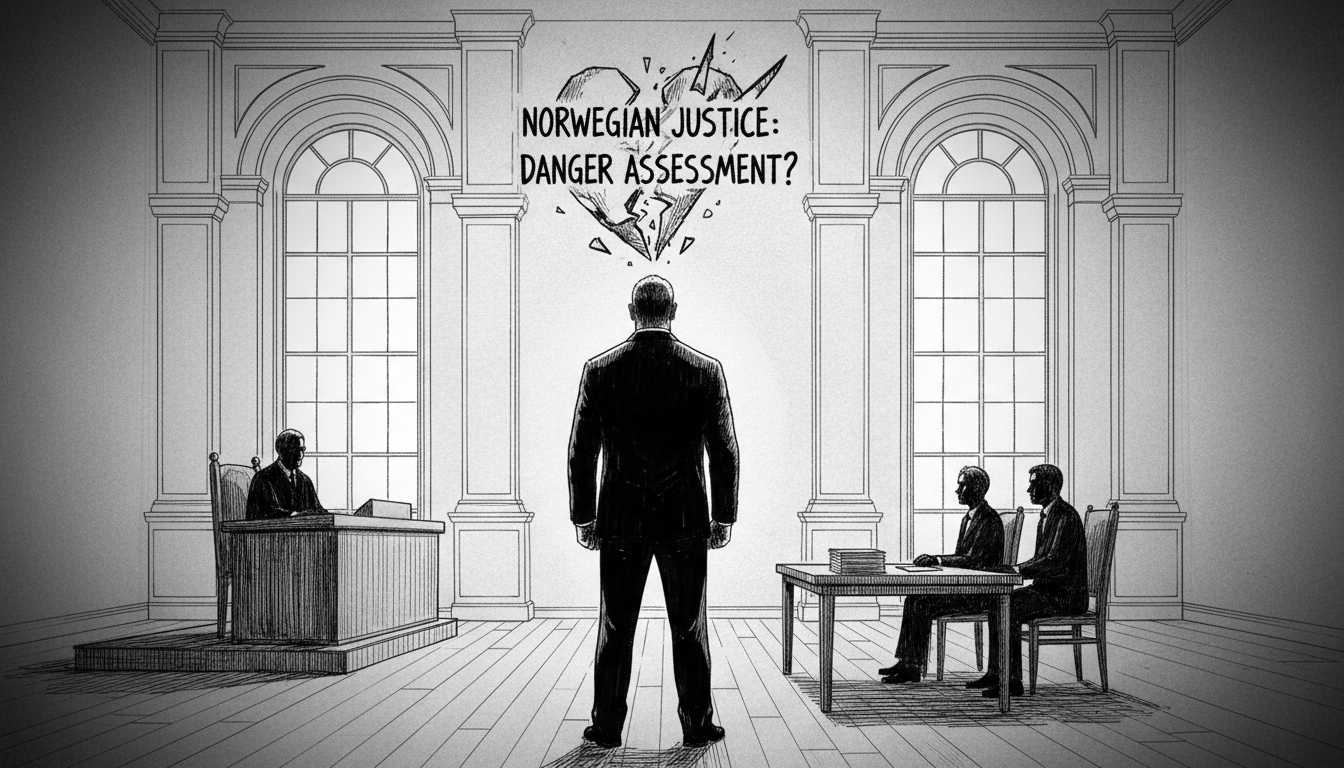A Norwegian court faces a critical question about a confessed killer's true dangerousness. The case involves the brutal murder of Tina Milena Solberg, whose body was discovered in the trunk of a burned-out car on January 7. The same night, her former partner waited behind her bed before attacking her.
This man was Tina's first love since age 18, the father of her children, and now stands accused of murder, corpse desecration, and child abuse. He admitted to ambushing her, tightening a cord around her neck, placing her body in the car trunk, and setting the vehicle ablaze with perfume and a stone.
"She had ruined my evening. I wanted to ruin hers too," he repeatedly told the court this week. This statement represents the closest explanation offered for his motives.
The central legal question revolves around whether he should receive preventive detention, an indefinite sentence reserved for society's most dangerous offenders. While he confessed to the murder, he denies previous abuse allegations and claims all threats were empty.
Norwegian sentencing guidelines establish 21 years as the maximum penalty for murder, with 12 years being typical for cases without aggravating circumstances. However, documented domestic abuse patterns could substantially increase his sentence.
Preventive detention requires proving "real and qualified risk" of reoffending. Courts must consider the offender's behavior and social functioning. This legal mechanism exists specifically to protect society when prison terms prove insufficient.
The defendant's courtroom statements reveal contradictions. "I'm not a violent person," he claimed, while acknowledging Tina appeared terrified when he appeared that night. He described their relationship as "toxic" and admitted drinking together was "like a ticking bomb."
Norwegian domestic violence cases often confront this challenge of proving long-term abuse patterns. Without concrete evidence of prior violence, courts struggle to assess true dangerousness. This case highlights the difficulty victims face documenting abuse before tragedies occur.
The outcome will signal how Norwegian courts handle intimate partner violence when the abuse pattern emerges mainly after the fatal incident. International observers watch closely as Norway addresses domestic violence within its progressive justice system.

